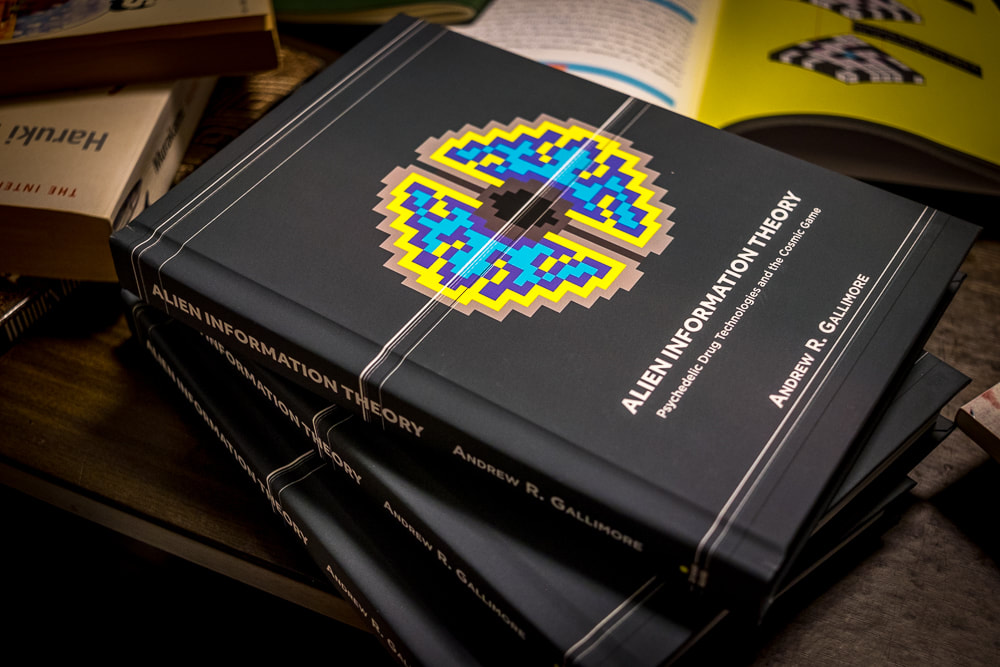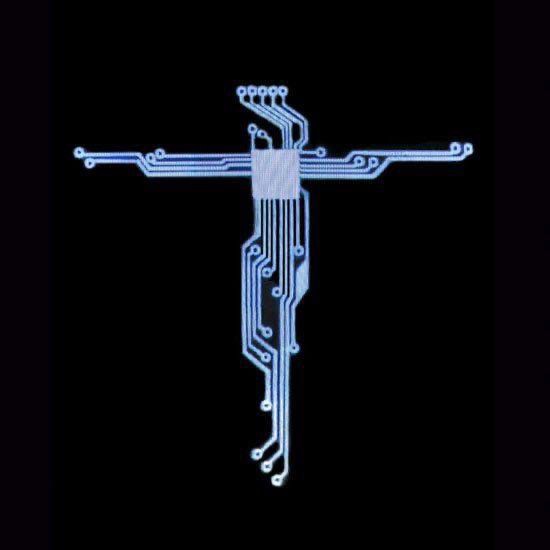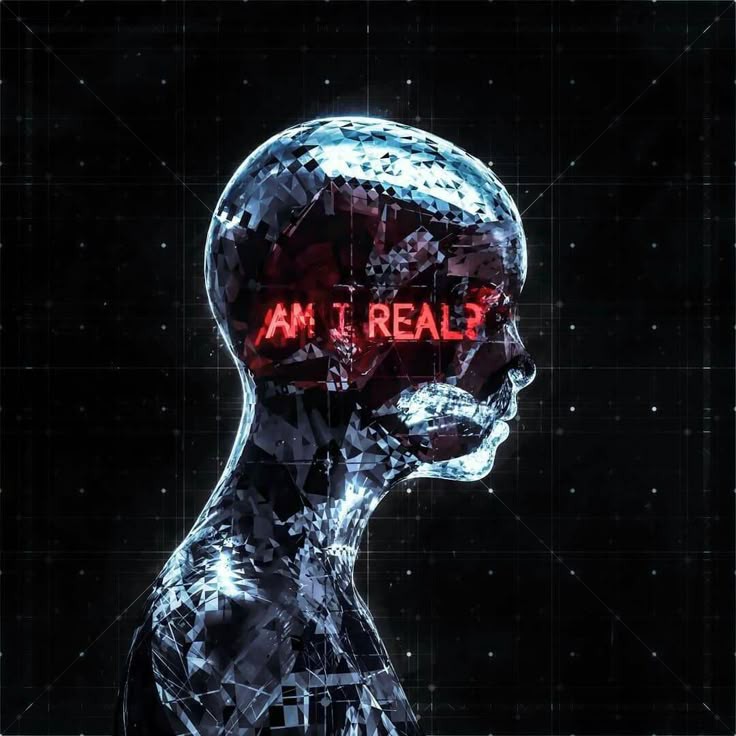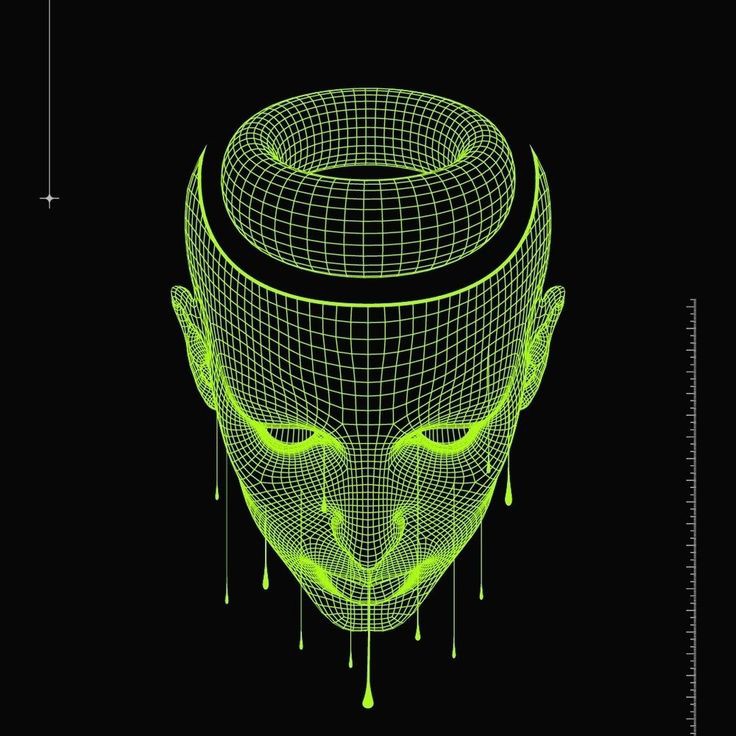Reality appears seamless, solid, and continuous. But at its most fundamental level, the universe is not made of solid objects—it is composed of discrete units of information, much like a digital system.
Modern physics tells us that beneath the familiar world of atoms and molecules lies a realm of quantum mechanics, where particles exist in states of probability rather than fixed positions. Electrons, for example, do not orbit the nucleus of an atom in predictable paths like planets around a star. Instead, they exist in a superposition of states, their exact locations only becoming defined when measured.
This suggests that reality does not exist in a definite form until it is observed, reinforcing the idea that the universe behaves less like a physical structure and more like an informational process.
The Computational Universe
Andrew Gallimore's Alien Information Theory takes this idea further, arguing that the universe functions as a computational grid where consciousness interacts with encoded information. This challenges the traditional notion of a physical reality governed by immutable laws and instead suggests that everything we experience is the product of an underlying informational framework.
If quantum mechanics reveals that fundamental particles exist in uncertain states until observed, then what is it that determines the final outcome? The answer may lie in the processing power of consciousness itself, which acts as an interpreter of the vast ocean of potential states, collapsing them into a tangible experience of reality.

Information as the Fundamental Substance
In a computational system, everything boils down to information. Classical physics once viewed the universe as a machine composed of particles governed by deterministic laws, but modern advancements suggest that at the smallest scale, reality is pixelated, existing in discrete packets of energy and data.
These fundamental bits of reality, known as qubits in quantum computing, are not just theoretical concepts. Experiments have shown that information can be transferred instantaneously between entangled particles, defying conventional notions of space and time. If information is the core structure of reality, then space itself might not be fundamental, but rather an emergent property of a deeper computational process.
Consciousness as a Decoder
Gallimore suggests that the brain does not generate consciousness but rather serves as a decoder, translating the raw informational substrate of the universe into a coherent experience. Just as a computer renders complex images from binary code, the mind constructs reality from the data it receives.
What we perceive as a three-dimensional world with time flowing in a linear fashion may only be a limited rendering of a much more complex system. This raises the question: if consciousness is merely tuning into a pre-existing stream of information, could there be other layers of reality hidden beyond our perceptual limits?
DMT: A Key to Other Realms?
This is where the role of DMT comes into play, not as a drug that distorts perception, but as a tool that may temporarily reconfigure the brain's decoding mechanisms. Users of DMT frequently report encountering structured environments, entities, and geometries that feel more real than waking life.
If the universe operates as a computational grid, then perhaps DMT allows consciousness to access a different section of the system—one that is normally filtered out.
The recurring nature of these experiences, along with their consistency across different users, suggests that DMT does not merely generate random hallucinations but may be revealing an underlying structure that is always present yet beyond ordinary perception.
The Nature of Existence
This raises profound questions about the nature of existence. If reality is an encoded system, are we simply programs running within it? And if consciousness is capable of tuning into different layers of this system, then what other realms exist beyond our awareness?
The notion that we are part of a computational grid does not necessarily imply that we are trapped; rather, it suggests that the universe is far more dynamic and layered than we have been led to believe.
Gallimore's theory challenges us to reconsider our place in the cosmos. If space and time are emergent properties rather than fundamental aspects of reality, then our understanding of existence is incomplete. The traditional view of reality as a collection of separate objects interacting through forces may be an illusion, a simplified interface for something far more intricate.
The idea that reality is computational means that what we call the physical world may be no more solid than the images on a screen, existing only as long as the underlying code is being processed.
Final Transmission
We perceive reality as solid and continuous, but the deepest insights of physics and consciousness studies suggest something far more strange and wonderful. Reality may be computational at its core—a vast informational matrix that consciousness interprets.
The next time you look at the world around you —
Question its solidity.
Consider the possibility that what you see
Is just one rendering of infinite possibilities.
That consciousness itself is the interpreter
Of a cosmic code we're only beginning to understand.
Reality is not what it appears to be.
And that may be the most important truth of all.
This leads to a final, unsettling thought: If reality is made of code, then who—or what—wrote the code? Are we self-generating, evolving programs in an infinite system, or is there a deeper intelligence shaping the architecture of existence?
Continue Your Journey
Dive deeper into the nature of reality and consciousness



